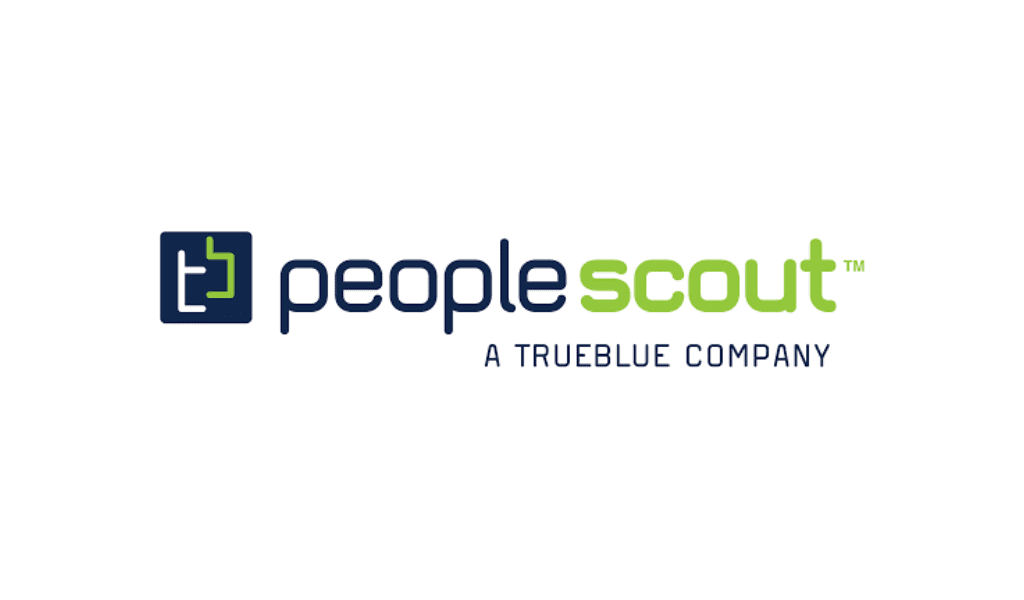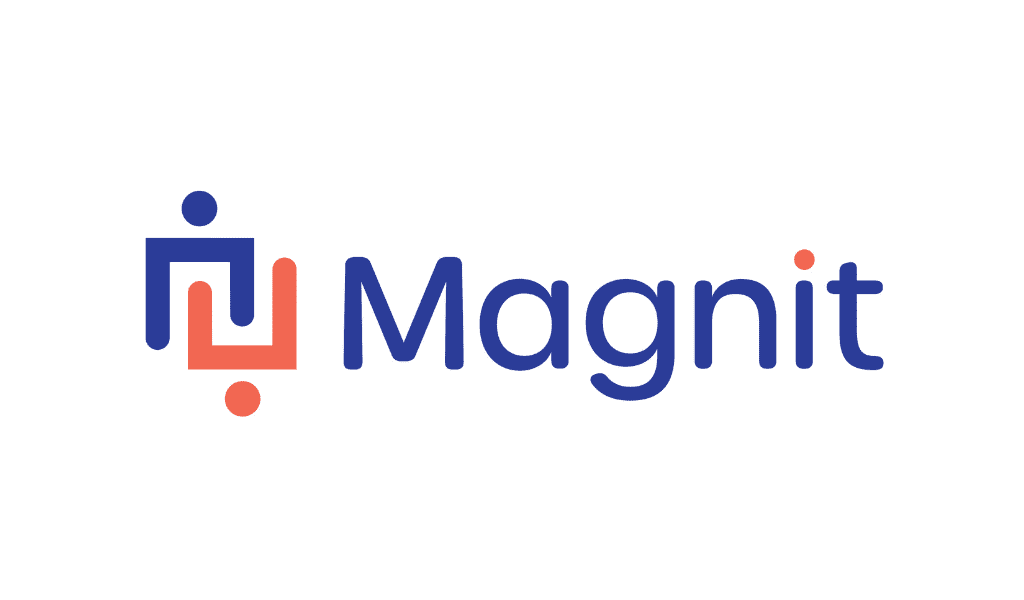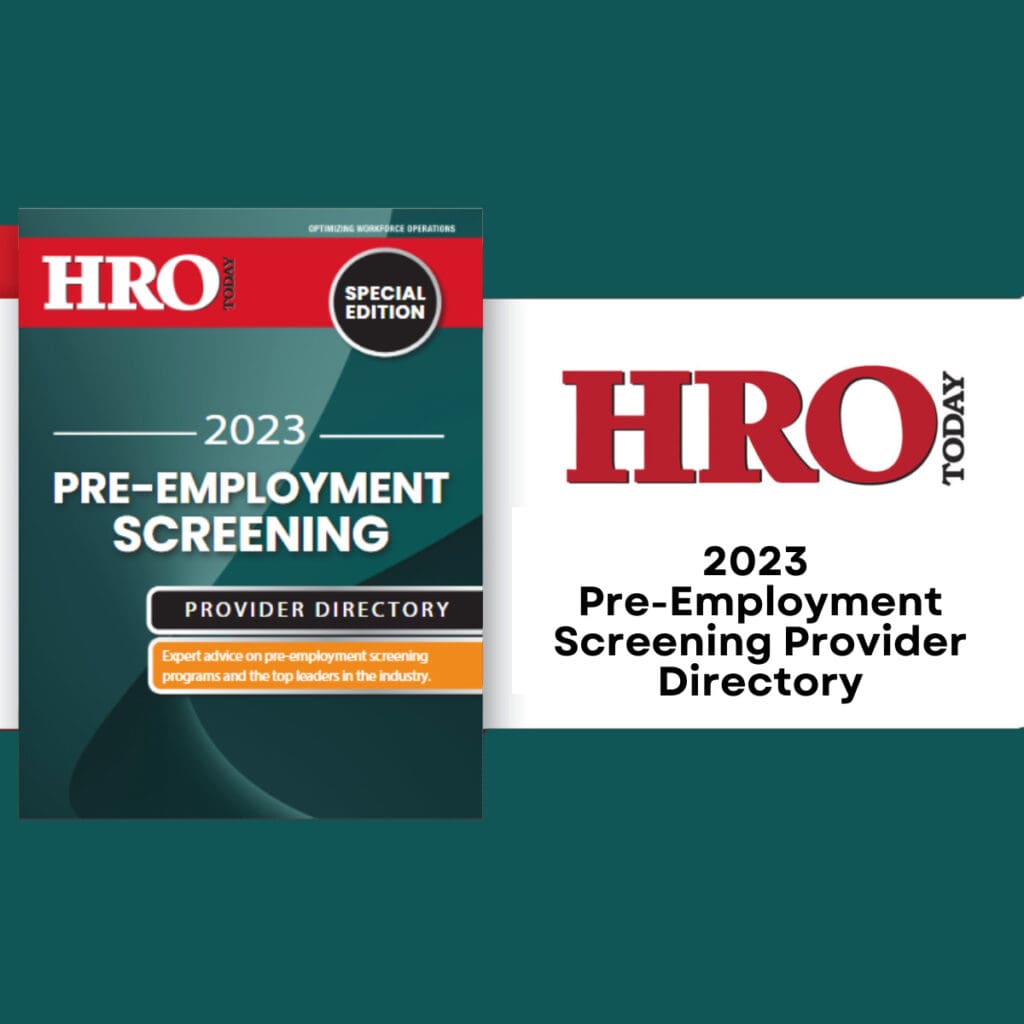Having a dispersed workforce is adding complexity to the verification process.
By Debbie Bolla
Today’s hybrid workforce landscape makes background screening more complicated—and more critical—than ever before. Global organizations need to leverage a unified approach across geographies that delivers consistent and accurate results to improve their hiring process. By doing this, they will benefit greatly. In fact, HireRight’s 2023 Global Benchmark Report finds the top advantage of background screening for organizations is better quality of hires with 66% of respondents in agreement.
In the tight talent market, speed continues to remain a focus for HR leaders. “Ever since The Great Resignation, COVID-19, and the increase of a more nomadic workforce, there has been a demand of hiring candidates faster,” explains Alan Lasky, PsyD., senior vice president of sales for Universal Background Screening. HireRight’s report shows that speed is the most important factor for organizations when selecting their program with 68% of respondents in agreement.
How are these factors and other trends impacting background screening today?
TREND #1: Today’s dispersed—remote, hybrid, and global—workforce adds extra complexity to a company’s background screening process.
TA leaders would agree that hiring remote and hybrid workers have many benefits including expanding talent pipelines. But as those candidate pools widen, location becomes a main consideration in the screening process.
“More organizations are hiring remotely and the need to understand municipal/state consumer reporting laws where the candidate resides at the time of hire is crucial to ensure proper hiring procedures are being followed,” says Lasky.
The trend of working from anywhere continues to be a talent attractor, but organizations must perform due diligence to remain compliant as employee locations vary and change. “Employers need to understand that the laws may be different for remote employees that are no longer working in their physical locations,” says Dawn Standerwick, vice president of global sales for ClearStar. “There are local and state jurisdictions that prescribe specific notice, disclosure, consent, and adverse action requirements that may differ from where their employees previously worked versus their U.S. or even global locations.”
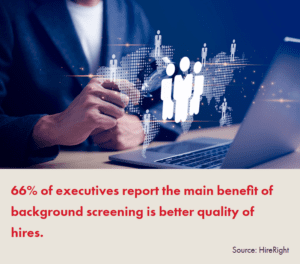
66% of executives report the main benefit of background screening is better quality of hires.
Source: HireRight
Take, for example, drug testing and substance abuse testing programs. Standerwick says there’s a large amount of legislation the prohibits the testing for marijuana (or using the results in the hiring decision) and it varies by state or even city.
The landscape is tricky for sure and it’s crucial for organizations to stay ahead of the evolving times. “Ever-growing changes in local and state Marijuana laws, salary verification restriction regulations, ban the box/fair chance laws, and adverse action procedures are crucial for clients to review with their legal teams,” advises Lasky.
A non-legal but pressing consideration of screening dispersed employees is possible unwanted delays. “Employees working remotely may be further away from metropolitan areas, making it more difficult for them to submit samples occupational health screening programs, which can create delays,” notes Standerwick.
TREND #2: Eight factors are driving a positive candidate experience during the background screening process.
Candidates expect to go through background screening when taking on a new role, but they also expect it to be a smooth, obstacle-free process. “A positive candidate screening and onboarding experience is more important today than ever before, with a demand for hiring employees as quickly as possible, so you don’t lose them to competition,” says Lasky. “It is truly one of the first impressions a candidate will have of the organization, affecting in some way the decision-making of accepting a position. State-of-the-art technology, excellent customer service, and seamless compliance procedures are at the foundation of creating a positive experience.”
And good processes lead to good performers. In fact, a LinkedIn study finds that organizations with a strong candidate experience improve the quality of their new hires by 70%.
In today’s tech-enabled world, what factors make for a positive candidate experience? Lasky and Standerwick share several key factors to consider.
- Automation of forms and an easy-to-complete online experience.
- Email and text messages as communication options.
- The ability for candidate information to be pre-populated to eliminate redundant data entry.
- Access to easy-to-follow instructions during the steps to be hired.
- Daily reminders for missing information.
- Access to consumer reports, particularly where required.
- Estimated turnaround time for reports and the ability to know when it has been completed.
- Proactive communication to support a candidate’s onboarding progress.
TREND #3: Take heed when it comes to artificial intelligence tools and background screening procedures.
AI tools have been hailed as efficient timesavers for HR leaders, but when it comes to background screening, it is smarter to err on the side of caution. “Artificial intelligence is under great scrutiny right now,” explains Standerwick. “Algorithms can create pitfalls for employers depending upon what decisions are being automated utilizing AI.”
In fact, in January, the U.S. Equal Employment Opportunity Commission (EEOC) released its “Strategic Enforcement Plan (SEP) for 2023-2027” that addressed the increased use of AI by organizations in hiring and background screening. The SEP will examine “screening tools or requirements that disproportionately impact workers based on their protected status, including those facilitated by artificial intelligence or other automated systems, pre-employment tests, and background checks.”
2023 State-by-State Artificial Intelligence Legislation Snapshot
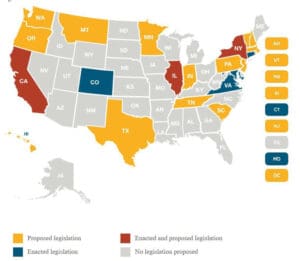
Standerwick says some of the information found and used by AI tools is not current or up-to-date as required by the Fair Credit Reporting Act and state laws. “If the underlying data is not suitable for the purpose of being used in a hiring decision, the employer may be buying a deficient bill of goods. These are attractive because they are often cheap and fast, but may fall woefully short from an accuracy perspective,” she says.
Lasky agrees. “Organizations need to be sensitive to ‘junk data’ that can be returned with automation and AI tools, which can lead to false-positive or potential discriminatory information being reported out. The issue with automation/technology is it still is not full-proof and can lead to false-positive information, if not manually vetted before reporting out, which can increase the risk of class-action litigation and high dollar damages.”
Lasky points to the Bureau of Consumer Financial Protection issuing an advisory opinion at the end of last year that stated that accuracy of consumer reports is critical. It said that consumer reporting agencies need to establish “reasonable internal controls” to prevent the false data being reported. “The government has made it clear that reasonable procedures by screening firms and their clients need to be implemented to assure maximum possible accuracy,” he says.



